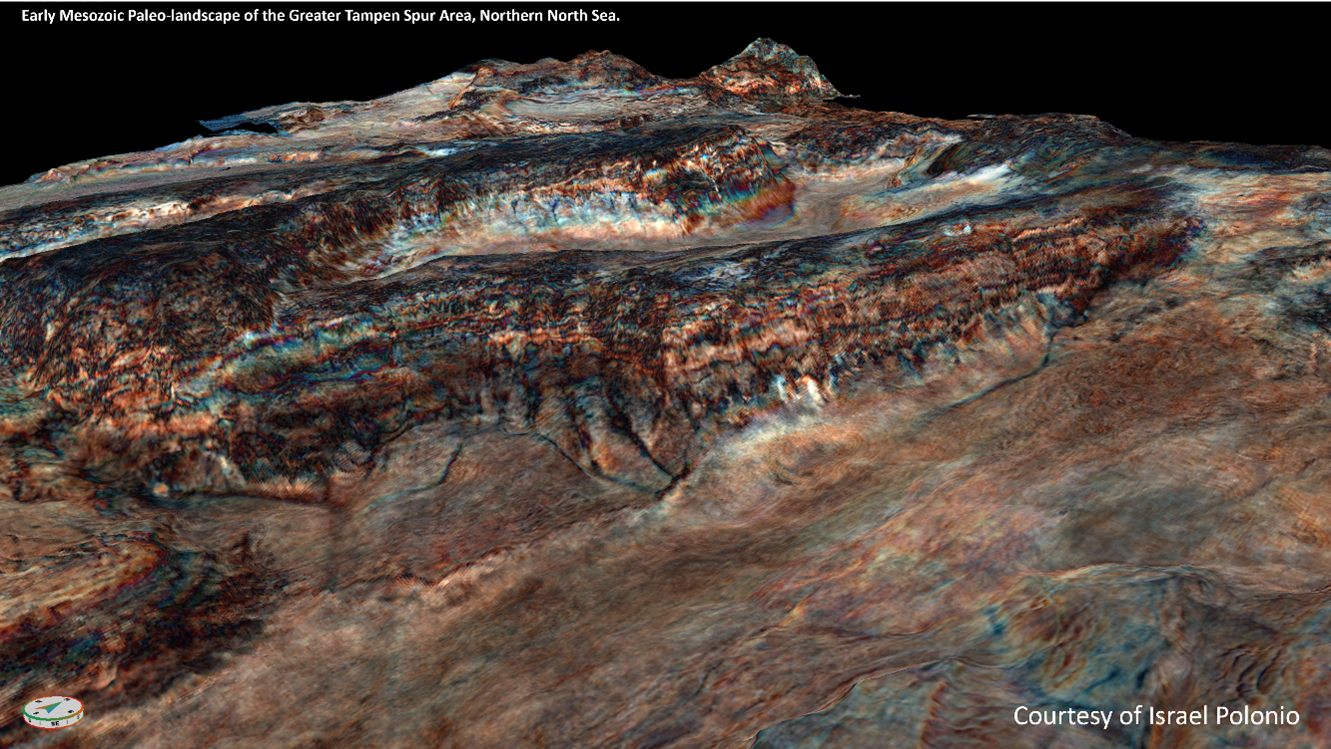Robert E. Sheriff Lecture
- Maximum of 40 students allowed to present posters.
- Poster Abstract Submission:
- Submit your Poster Title/Abstract PDF here. This counts as your RSVP; please do not RSVP using the HGS registration link below.
- To complete the submission form, please read the following:
a. Instructions to Student Presenters
Submission Deadline: November 4th, 2025 at 10:00 pm.
- Students not presenting posters: need to register with HGS
The categories will be:
- Undergraduate & 1st year MS students
- Advanced MS students & 1st year PhDs
- Advanced PhD students
Award Amounts:
- 3 prizes in each category - prize amounts will be 750$/1st , 500$/2nd and 250$/3rd prize
A blockbuster evening! The 27th Annual Robert E. Sheriff Lecture
From Fiber-Optic Seismology to Geodesy: Operational Early Warning and Real-Time Imaging of Volcanic Eruptions
Dr. Jiaxuan Li, Assistant Professor of Geophysics , University of Houston

Contact: jxli@uh.edu
Bio:
Dr. Jiaxuan Li joined the University of Houston as an Assistant Professor of Geophysics in January 2025. Prior to this appointment, he was a Postdoctoral Scholar at the California Institute of Technology (2020–2024). He earned his Ph.D. in Geophysics from the University of Houston in 2020 and his B.S. in Geophysics from Peking University in 2015.
Dr. Li’s research focuses on applying fiber-optic sensing technologies to study seismic and geodetic processes and to image subsurface structures across diverse environments, including crustal, volcanic, and glacial settings. His broader interests also encompass geothermal energy development, carbon sequestration monitoring, and the dynamics of deep earthquakes.
Abstract:
Fiber-optic sensing technologies, particularly Distributed Acoustic Sensing (DAS), are transforming geophysics by repurposing existing fiber-optic cables into dense arrays of strain sensors. This approach enables long-range, long-duration, and cost-effective monitoring across diverse environments. By exploiting the ultra-dense sampling of the seismic wavefield along telecommunication cables, fiber-optic seismology has advanced high-resolution seismic source characterization and subsurface imaging.
Recently, we introduced fiber-optic geodesy, a method that leverages low-frequency DAS (LFDAS) recordings to monitor quasi-static ground deformation caused by magma intrusions. Compared to conventional ground- or satellite-based geodetic measurements, fiber-optic geodesy offers lower noise levels and higher spatiotemporal resolutions, enabling real-time monitoring and imaging of magmatic processes.
We applied this approach to the ongoing eruption sequence near Grindavík, southwest Iceland, through two phases of DAS deployments. In the first phase (Nov 2023 to Nov 2024), we converted a 100-km telecom cable into a DAS array. Distinct LFDAS signals consistently emerged tens of minutes before each eruption. Since April 2024, we have operated an LFDAS-based early warning system in collaboration with the Icelandic Meteorological Office (IMO), successfully issuing alerts for two eruptions while avoiding false alarms for non-eruptive ones. Geodetic inversions of LFDAS signals enabled unprecedented spatiotemporal resolution of magma intrusions. In the second phase (from Feb 2025), IMO deployed an ASN OptoDAS interrogator to monitor two telecom cables, with a total length of 150 km, integrating early warning with real-time imaging. The addition of a 50-km northern cable further improved azimuthal coverage and inversion resolution.
These results demonstrate fiber-optic geodesy as a powerful tool for monitoring ground deformations. It shall find wide applications both onshore and offshore, using existing telecommunication infrastructure or dedicated fiber deployments

Registration
Please visit the HGS website to register
Sheriff Lecture Committee
William Struble (chair), Caroline Wachtman, and Julia Wellner
Judges Needed for Poster Session
We invite interested professionals willing to serve as poster judges to contact Caroline Wachtman at carolinewachtman@gmail.com
*****************************************